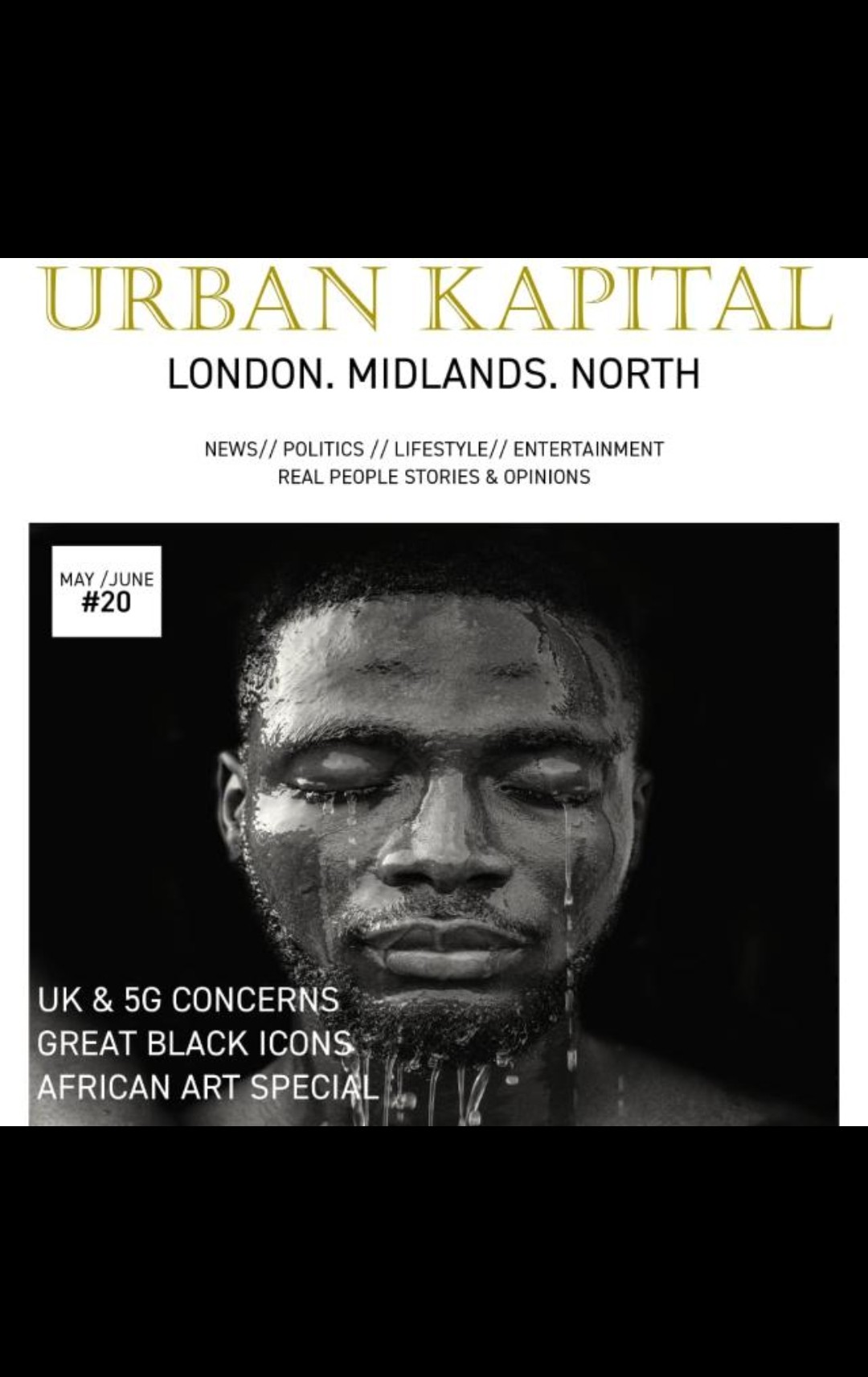Church of England needs to review statues over slavery, archbishop claims
- Urban Kapital

- Jun 28, 2020
- 2 min read
The Church of England must review statues and monuments in its places of worship to ensure that any with links to slavery are removed or are given the appropriate context, its spiritual leader, Archbishop of Canterbury Justin Welby, said on Friday.
The Anglican Church, a central part of English public life and governance for centuries, is the latest institution to reflect on its role following worldwide protests inspired by the death of George Floyd in police custody in the United States.
Welby, the most senior cleric in the worldwide Anglican communion, which has some 85 million followers in 165 countries, said forgiveness was needed over issues of racial injustice, but that could only come after appropriate action had been taken.
“If you just go around Canterbury Cathedral there are monuments everywhere or Westminster Abbey. We are looking at all that. Some will have to come down,” Welby said in a BBC interview.

Asked to clarify if statues needed to be removed from Canterbury Cathedral, Welby said this was not his decision.
“We’re going to be looking very carefully and putting them in context, and seeing if they all should be there,” he said. “The question arises, of course, it does.”
Protesters in Bristol, western England, tore down a statue this month honouring Edward Colston, a 17th-century merchant and slave trader who used his profits to endow schools and charities in the city that continue to carry his name.
Local authorities in England and Wales run by the main opposition Labour Party have said they will review public statues and monuments. The Bank of England has also said it will check whether it still has any pictures on display of former governors who had links to the slave trade.

Welby defended images of Jesus as northern European - which some campaigners say reinforce ideas of white racial superiority - but said it was now common in Anglican churches worldwide to depict him as sharing worshippers’ ethnicity.
“You go into their churches and you don’t see a white Jesus. You see a black Jesus, or a Chinese Jesus, or a Middle Eastern Jesus — which of course is the most accurate — or a Fijian Jesus.”
Source: Reuters










Comments